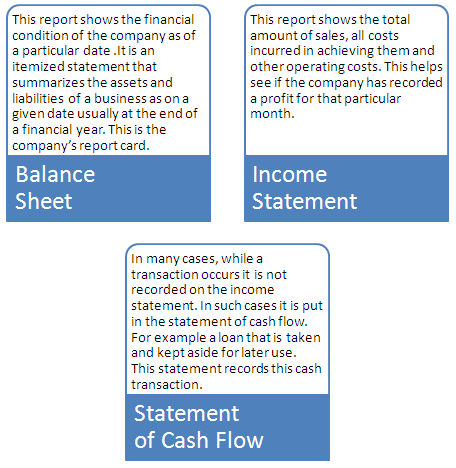
That is because it can help the company detect any irregularities easily and fix them on time. On the other hand, for companies with a low level of bank activity, not preparing profitability index calculator bank reconciliations is also an option. The first step in preparing bank reconciliation is to obtain both the bank statement and bank book balances of a company and compare them. If these balances are different, then the company must prepare a bank reconciliation statement. If the balances match, which is rare but still possible, a bank reconciliation statement is not needed. A bank reconciliation is part of the month-end close process, which includes reviewing the company’s balance sheet, income, bank statements, expenses, intercompany trades, and other information.
Required Information to Create a Bank Reconciliation Statement
Remember that transactions that aren’t accounted for in your bank statement won’t be as obvious as bank-only transactions. This is where your accounting software can help you reconcile and keep track of outstanding checks and deposits. Most reconciliation modules allow you to check off outstanding checks and deposits listed on the bank statement. You’ll need a few items to perform a bank reconciliation, including your bank statement, internal accounting records, and a record of any pending cash transactions (either inflows or outflows). In your ledger balance, be sure to account for deposits that have yet to clear, as well as checks you’ve written that have yet to be cleared by the bank. The end result is the adjusted cash balance, which ensures your ledger balance matches the bank statement balance.
Keep up with Michelle’s CPA career — and ultramarathoning endeavors — on LinkedIn. These checks are the ones that have been issued by your business, but the recipient has not presented them to the bank for the collection of payment. We offer reconciliation reports, discrepancy identification, and live accountants to work with for ease and confidence when closing your books.
Adjustments to the Cash Account
Similarly, if a businessman deposits any checks on the last day of the month, these cheques may be collected by his bank and shown on his bank statement three or four days later. Similarly, some checks credited to the ledger account will probably not have been processed by the bank prior to the bank statement date. One of the procedures for establishing the correct cash glossary of personal finance terms balance (and for controlling cash) is the reconciliation of the bank and book cash balances.
What is your current financial priority?
As a result, the bank debits the amount against such dishonored cheques or bills of exchange to your bank account. This is a simple data entry error that occurs when two digits are accidentally reversed (transposed) when posting a transaction. For example, you wrote a check for $32, but you recorded it as $23 in your accounting software. (c) A deposit of $5,000 received by the bank (and entered in the bank statement) on wisenet wave 28 May does not appear in the cash book. If so, these entries will not appear in the bank reconciliation statement prepared at the end of the current month. Hence, at the end of each month, the first thing to do is to consult the bank reconciliation statement prepared at the end of the previous month.
- Adjust your records to match the bank statement, considering deposits, withdrawals, fees, and errors.
- By using pre-configured templates, it simplifies the management of open items and enhances analytical capabilities.
- Performing immediate bank reconciliations for large cash amounts or suspicious transactions further increases your ability to catch fraud and error.
- Nowadays, all deposits and withdrawals undertaken by a customer are recorded by both the bank and the customer.
- For larger companies with a high volume of transactions, it’s advisable to reconcile bank statements daily to ensure that any discrepancies or errors are promptly identified and corrected..
Ideally, you should run a reconciliation each time you receive the statement from your bank. The bank may send you a bank statement at the end of each month, each week, or, if your business has a large number of transactions, they may even send one at the end of each day. There are times when the bank may charge a fee for maintaining your account, which will typically be deducted automatically from your account. Therefore, when preparing a bank reconciliation statement you must account for any fees deducted from your account. In addition, there may be cases where the bank has not cleared the checks, however, the checks have been deposited by your business.
Usually, there are two categories of differences that may cause differences between the two balances. As mentioned above, these include timing differences and unrecorded differences. The reason why companies must categorize the differences is that the treatment for both is different.

Similarly, it can also be because the preparer of the bank reconciliation has missed some expense from the bank statement. Generally, it is a good idea to prepare the bank reconciliation again and pay attention to even small amounts and not rounding off figures obtained from the bank statement. It is also a good idea to mark any expenses that have already been included in the bank reconciliation statement to avoid any errors.
